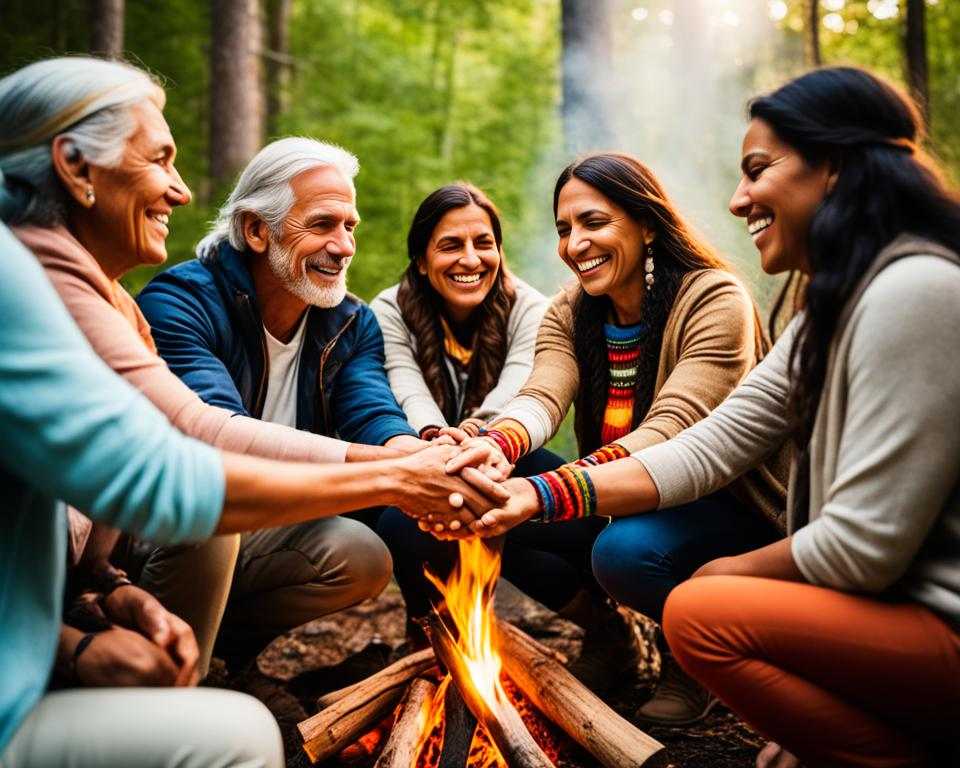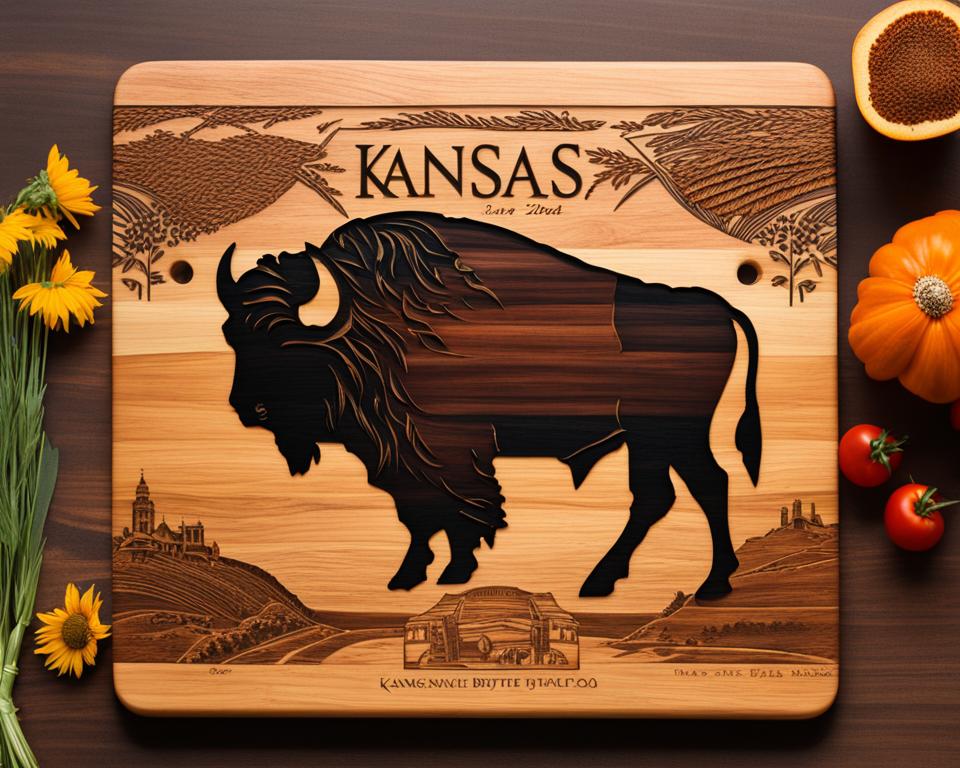From purple mountain majesties to amber waves of grain, the United States’ vast sweeping lands host vibrant cultural festivals celebrating the nation’s diverse regional histories, ethnic influences, traditional art forms and enduring lifestyles. Over generations, these customs collectively shaped America’s rich national character as determined groups preserved folkways echoing back to distant homelands even as they faced major societal bias for not conforming to Anglo-centric traditions dominating the young nation.
Whether honouring Basque sheepherders in the Mountain West, Gullah Geechee barrier islanders singing age-old spirituals or Pennsylvania Dutch farmers imparting fertile wisdom since tilling soil along the Schuylkill River in 1683, pockets of cultures across America sustained practices that kept their global roots thriving through traditional architecture, medicinal plant wisdom, symbolic crafts and oral languages bonding community identity.
Understanding the historical impetus behind such living heritage thriving today grants deeper appreciation for often overlooked diaspora cultures persisting within the nation’s multicultural patchwork quilt through their cultural resilience and collective contributions energizing American society forward in ways history texts frequently obscure.
Key Types of Cultural Festivals Across the United States
Myriad cultural festivals celebrate how ethnic and tribal communities nurtured distinct folkways over generations despite eras facing marginalization for retaining old-world practices seen as foreign by dominant English aristocratic standards in earlier eras.

Indigenous Ceremonies Honoring Native Traditions
From Arizona’s volcanic peaks where Hopi tribes gather for a multi-day Home Dance welcoming the growing season’s first thunderclap to California’s golden Sierra Nevada foothills alive each July with Miwok song during Big Time ceremonial renewal, Indigenous celebrations resonate with symbolic meaning on lands their ancestors roamed for hundreds of years before European contact or westward expansion disturbing their self-reliant lifeways rooted in astronomical patterns guiding seasonal migrations.
Diaspora Festivals Celebrating Enduring Legacies Against Odds
On Ohio’s buckeye-dotted plains, the aromatic pierogi dumplings, babka cakes and polka beat at the Krakow Festival honour Polish nationalism thriving locally for over 150 years. Under sunny Texas skies, Germanic sauerkraut rolls baked by Czech neighbours allow two cultures to sustain European traditions refined locally across generations on the wild Mexico border.
At mountain meadows each autumn, California’s Hmong diaspora gathers to sustain rituals from a lost homeland half a globe away. Near Florida’s citrus trees, Goan Carnival cuisine fuses Indian and Portuguese island influences from ancestors shipped to work New World plantations centuries prior.
Historical Commemorations Recognizing Overlooked Narratives
More sobering American gatherings reveal glimpses into complex regional pasts through events like Santa Fe Fiesta where candlelit processions invoke early Spanish conquistadors interacting with Puebloan communities 400 years back. In southern bayous, Louisiana’s Angola Prison Rodeo spotlights convict-centred skills contests which stir questions on disproportionate incarceration legacies haunting former slave plantation grounds now housing over 6,000 inmates, where over 75% remain from African American lineages despite only comprising one-third of state population overall.
Notable Examples of Prominent Cultural Festivals Across America
The diversity of festivals conveying community ethos reveals a deeper context around cultural resilience strengthening local heritage over centuries despite external trends spurring systematic ethnic erasure.
Table: Snapshot of Regional Festivals Forged by Fire
| Festival | Location | Culture/History Celebrated | Unique Aspects |
|---|---|---|---|
| ZimFest | Portland, Oregon | Zimbabwean diaspora music, dance & politics | Brings activist artists from Zimbabwe to Oregon for cultural exchange and awareness; Founded: 1992 |
| Lowcountry Shrimp Festival | Beaufort, South Carolina | West African Gullah-Geechee coastal heritage, sweetgrass weaving | Honours cultural legacy through heritage costumes, polka lessons, kolache bake-offs inside replica gym used for gatherings over generations |
| Oklahoma Czech Festival | Yukon, Oklahoma | Czech immigrant customs shaped Central Plains frontier towns | Portrayed through group dances, sweet corn dishes and firecrackers echoing rural traditions honouring Catholic saints during summer months |
| Festa Junina | Newark, New Jersey | Brazilian countryside winter solstice and harvest rituals | Highlights enduring Aztec/Spanish folk arts, costumes, and songs tracing how cultural layers created Santa Fe’s character since 1598 |
| Santa Fe Fiesta | Santa Fe, New Mexico | Commemorates early Spanish settlers and Puebloan cultural fusion, Horsemanship displays trace Mexican cowboy culture adapted after settling | Recognizes Kansas’s 1861 statehood, Early abolitionist settler perseverance cultivating the Midwest frontier |
| Kansas Day | Statewide, Kansas | Recognizes Kansas’s 1861 statehood, Early abolitionist settler perseverance cultivating the Midwest frontier | Youth education on key territorial figures, Statehood history exhibits, Pioneer skills classes around butter churning intrinsic to agricultural livelihoods |
Cherished Diaspora Festival Traditions Vulnerable Against Modern Trends Shift From Agriculture & Factory Labor Where Folk Customs Were Incubated
- As populations move away from rural locales or urban industrial hubs dotting Ohio’s Rustbelt or New York’s factory-dense Hudson River to information economy hotspots out West, younger generations grow distant from cultural traditions bonded to life rhythms different from knowledge economy workflows.
- With niche diaspora-owned mom-and-pop shops shuttering against big box store competition, heirloom legends and recipes once silently exchanged across counters fade from recall.

Language Fluency Declines Across Immigrant Family Lineage
- As English dominance permeates, mother tongue fluency enabling deeper cultural concept connections declines by the 3rd generation born on native soils.
- Eldest community members passing without recording ancestral songs or rituals struggle to find youth still grasping little-taught cultural nuances lived intrinsically by past generations.
Technology Prioritization Over People-Centered Customs
- Youth culture tuning more into digital experiences gains little exposure to folk customs occurring for centuries offline and outdoors relying on gathered village mentorship power versus decentralized digitization.
- With life’s pace accelerating faster, longer celebrations centred on oral wisdom exchange and informal communal bonds struggle to compete against snappy streamed content chronicling global trends but whispering little about local identity.
Forward-Looking Festivals Blending Heritage Traditions with Contemporary Context
Still, inspired diaspora increasingly reboot some easter festivals in savvy ways retaining core cultural touchstones while bridging modern realities in the lives of youth who might sustain their delicate lifeways decades ahead after absorbing digitally-informed worldviews since childhood versus solely elder oral teachings.
Oregon’s ZimFest Supports Zimbabwean Political Reform
- Started in 1992 to recognize regional Zimbabwean artists, this Portland festival now channels cultural pride into contemporary activism through sets from musician exile outspoken against current government corruption and voter suppression affecting family members back home.
- Heritage embroidery demonstration circles educate attendees on symbolic elephant motifs while contrasting tired political dynasties clinging to power today with ethical governance models from before colonization era reform promises dissolved after hard-won independence.
New Mexico’s Gathering of Nations With Social Media Showcases
- Billed as North America’s largest Native pow wow, Albuquerque’s Gathering of Nations shares indigenous resilience through 400 tribal dance troupes wearing ancestral regalia, hoop dances honouring sacred Earth elements and golden-fried frybread around arena grills.
- The rallying point now enhanced with hashtags spotlights teens drumming with northern Cheyenne kinsmen or designing Southwest-inspired skateboard art blending symbols of past struggle with a forward drive to elevate voices from within struggling reservations navigating modern complexities far different than reservation launch challenges but still needing strong identity foundations before engaging broader policy reform conversations with allies.
Table: Festival Spotlights Addressing Modern Identity
| Festival | Approach | What This Achieves |
|---|---|---|
| ZimFest Portland | Bridges indigenous identity between generations; elevate voices often excluded from mainstream conversations with policy shapers impacting their communities | Supports cultural education paired with activism addressing modern issues affecting homeland communities |
| Gathering of Nations Pow Wow Albuquerque | Incorporates Hashtags and Social Media Integration allowing Native youth to spotlight tribal dance while gaining exposure for their graphic art, hip hop and skateboarding blending heritage symbols with forward representation | Bridges indigenous identity between generations; elevates voices often excluded from mainstream conversations with policy shapers impacting their communities |
Preserving Gullah Geechee Traditions Through Lowcountry Youth Programs
- At risk of losing Sea Island generational bonds and foodways, coastal South Carolina’s Gullah Festival now partners with chefs integrating West African soul food into in-demand pop-up eateries making grandma’s okra gumbo and sweet potato pone accessible for foodie acclaim.
- Local student tours experience sweetgrass weaving firsthand from elders once isolated but now educate Charleston’s next food and culture ambassadors on why their barrier island oyster roasts matter beyond the backyard pit.
Closing Thought
As America’s demographics continually diversify yet livelihood patterns rapidly digitize through globalizing homogenization forces, cultural festivals reveal reservoirs of resilience within marginalized communities that sustained distinct rituals across centuries even against trends favoring mass assimilation. Though elder tradition bearers gradually age, September fiddle jam hollers echoing down Appalachian hollows or Himalayan mountain music swelling annually in Queens’ plazas will continue permeating American soundscapes when supported by continuity efforts smartly bridging heritage customs and contemporary identity needs still seeking meaningful purpose.
By showcasing how ethnic folklife, from Comanche horsemanship and Navajo sheep shearing to Haitian metal art and Peruvian potato biodiversity, deeply informed regional endurance in the past, festivals illuminate pathways ahead where global citizens celebrate hyphenated plurality and use digital access to enable marginalized voices rather than have innovation distract from local traditions that steadied unique group trajectories surviving and thriving against systemic ethnic erasure trends that failed before. When youth split time between deep custom exploration and elevating expectations around inclusive cultural exchange, the nation’s vibrant multicultural quilt only grows brighter for future generations lucky to receive such a rich inheritance.
You Make Like The Festival Below
- Why Do We Celebrate Milk Day
- Why Do We Celebrate Kansas Day
- Why Do We Celebrate Easter Egg Day
- Why Do We Celebrate Halloween Day
- Why Do We Celebrate Indigenous Peoples Day
- Why Do We Celebrate Pittsburgh Folk Festival
- Why Do We Celebrate the Portugal Day Festival
- Why Do We Celebrate Northwest Folklife Festival
- Why Do We Celebrate North Texas Irish Festival
- Why Do We Celebrate New Jersey Folk Festival
- Why Do We Celebrate Jesus Birth on December 25
- Why Do We Celebrate John Lewis Day
- Why Do We Celebrate Michael Jordan Day